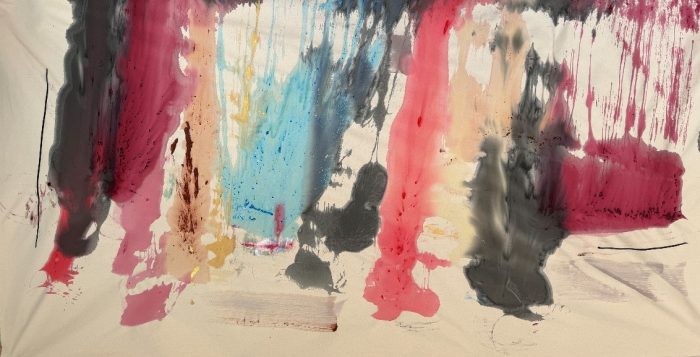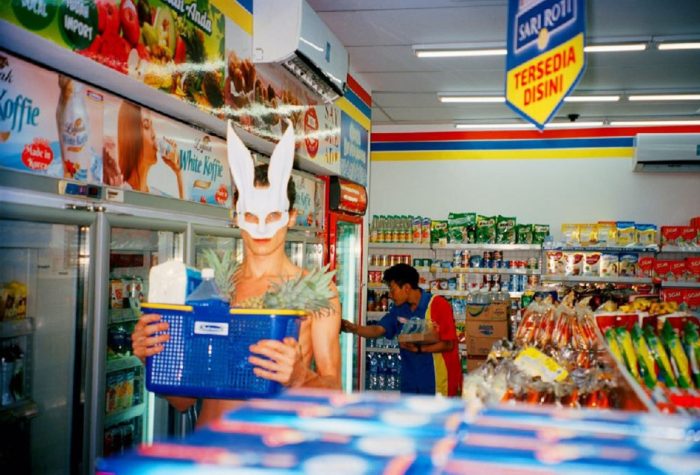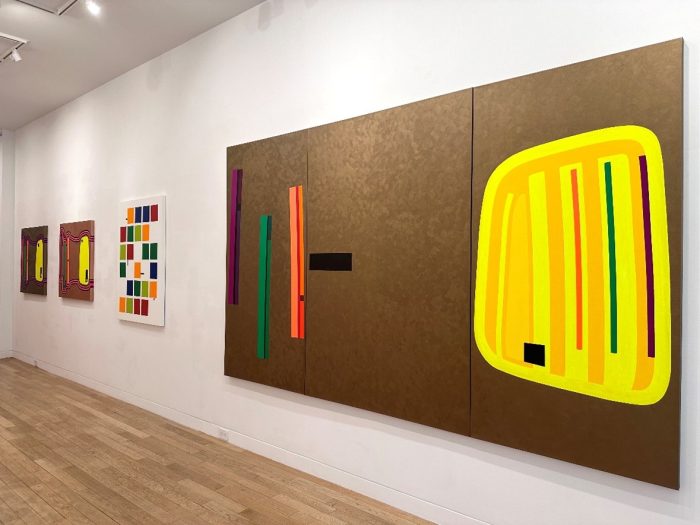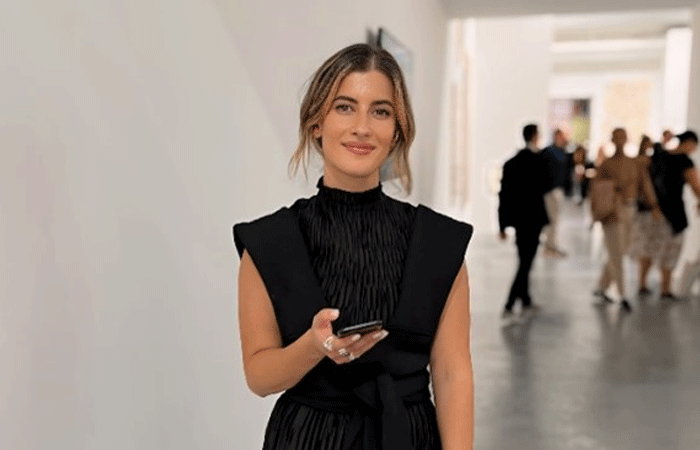Workplace Matters: The Evolution of Art in the Workspace
Design Insider is proud to introduce Workplace Matters, a new editorial series exploring thought-provoking and knowledge-based opinions on the workplace. This monthly series will spark meaningful conversations and shape workplace design discourse.
Workplace Matters launches with a thought-provoking perspective from Jade Straker, Director of Upsilon Gallery, who shares her insights in her own words on the evolving role of art in the workplace.
Written by Jade Straker, Director, Upsilon Gallery
“As a gallery, we work both with designers and directly with corporate clients looking to enliven workspaces – and the mood of those who work within them – through the introduction of art. The argument about art’s effect on wellbeing is long-won. More excitingly, art placement in the corporate sector has also developed exponentially over the last decade in terms of nuance and sophistication.
In the worst case – and this sadly does still happen – art was chosen for its ability to match or even disappear into an interior colour scheme, acting almost as enhanced wallpaper, its unique magic sublimated to decorative dictates. Such an approach critically underestimates the power of art, which is emotional, instinctive and works on the human psyche at a much less rational and more exciting level, if allowed.
A more typical current-day requirement might be for an artist with a strong narrative link to a particular place or an industry sector that a client business is active in, from mining or forestry to law or fashion. Otherwise, we may work around a historical narrative, looking to introduce an artist whose work shares a timeline parallel with a client or who is happy to be commissioned to create a location-specific artwork that responds to a client’s unique values, markets or cultural approach.

Pop Idol by Francine Tint (2024) – a historically-undervalued 81-year-old abstract expressionist artist now showing at the Gallery in Mayfair
Contemporary clients also realise that art can directly stimulate certain states of mind. Art with a surreal element might provoke daring leaps of imagination in a board room, for example, whilst absurdist works could produce a smile factor in a washroom. Wellbeing is more profoundly understood these days too, so that it’s not just a question of generating a sense of calm, but providing notes of stimulation, optimism or joy.
Interactivity is a new area of interest, narrowing the distance between art and viewer, with artists coming into offices, for example, to talk about their work. For a private members’ club, I worked closely with the project’s creative director, who not only facilitated the acquisition of a series of prints by a cutting-edge artist, but sought to run a whole programme around the idea of the artist’s muse, with the subject / object of the artworks coming in together with the artist to discuss their relationship.

Photographic artworks by up-and-coming Russian-born photographer Vlad Zorin, whose examination of contemporary masculinity appeals to a younger audience
I am also working with a client who is a fan of Damien Hirst and completely open to ideas. He bought into The Currency, a project in which Damien created a series of unique artworks on paper, each tied to an NFT. Similar to other forms of currency, each of these works features anti-counterfeiting measures such as a watermark, microdot, and a hologram containing a portrait of the artist. Buyers were given a choice: keep the NFT or exchange it for the physical artwork by a set deadline. This decision-making process was at the heart of the project, encouraging participants to reflect on their values, engage with the concept of ownership, and consider what it truly meant to be a collector in a digital age. Rather than simply acquiring an artwork, they were asked to take ownership of a decision, actively participate in something larger than themselves, and become part of a broader community built around art and value.
What stands out to me is how this project fostered a real sense of connection among collectors, turning ownership into a shared experience rather than just a transaction. The client was particularly inspired by this communal aspect, which speaks to his values when it comes to the corporate collection at his offices. His approach reflects an understanding that younger team members are likely to engage more with art that offers something beyond the object itself—art that comes with a sense of participation, storytelling, and community. By curating a collection that embodies these ideas, we foster an environment where art is not just something to be displayed, but something to be experienced and connected with in a more dynamic way.

Large-scale artworks will always make an impression (work by Italian-American artist Osvaldo Mariscotti)
Of course, large-scale statement artworks commissioned or purchased by companies who want to make an impression in their entrance vestibules will never go out of favour. We also ensure that the artworks and artists we recommend check out as an investment by conducting in-depth market valuations and analysis. After all, clients may not wish to own an artwork in perpetuity.
Any brief can be answered, however obscure, though a willingness on the part of the client or designer to think beyond the cliches of dentist’s waiting room art is a definite plus! Art is a great receiver of the times, but can also represent an attitude, a feeling, mood, point of view or moment in time. In business, where motivation and inspiration are key, art will always prove to be a powerful and elevating aide.”

Jade Straker, Director, Upsilon Gallery
Raised in Italy and driven by a passion for creativity and culture, Jade Straker worked for HENI, representing Damien Hirst, before becoming a Director of Upsilon Gallery, where her particular passion lies in inspiring new generations of collectors and guiding young and emerging clients to build meaningful art collections.
www.upsilongallery.com




